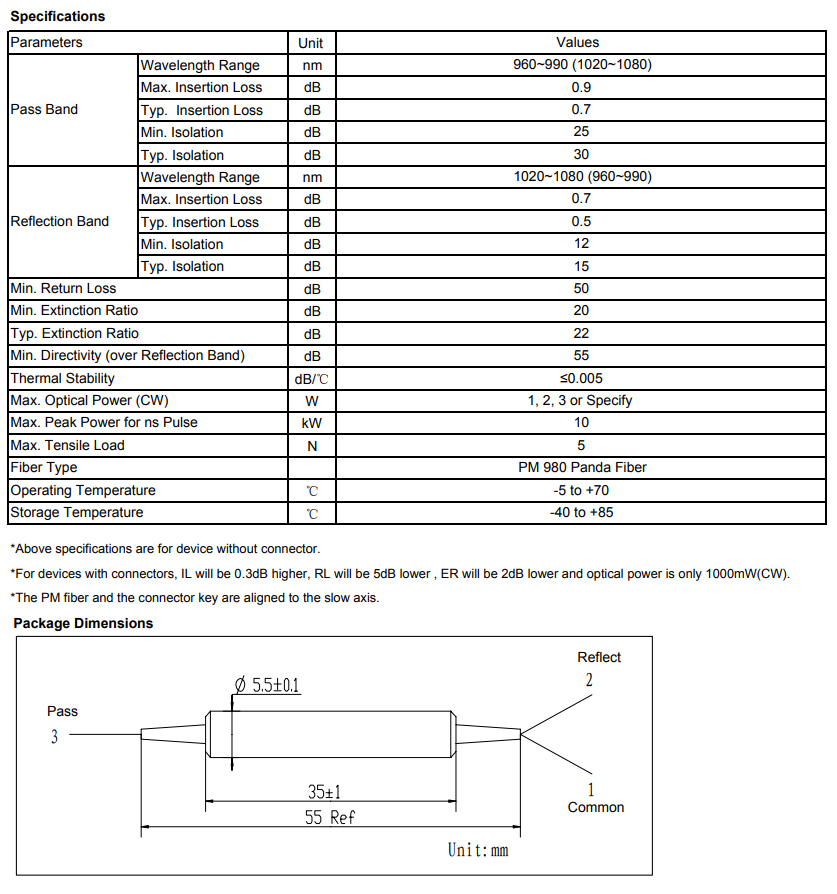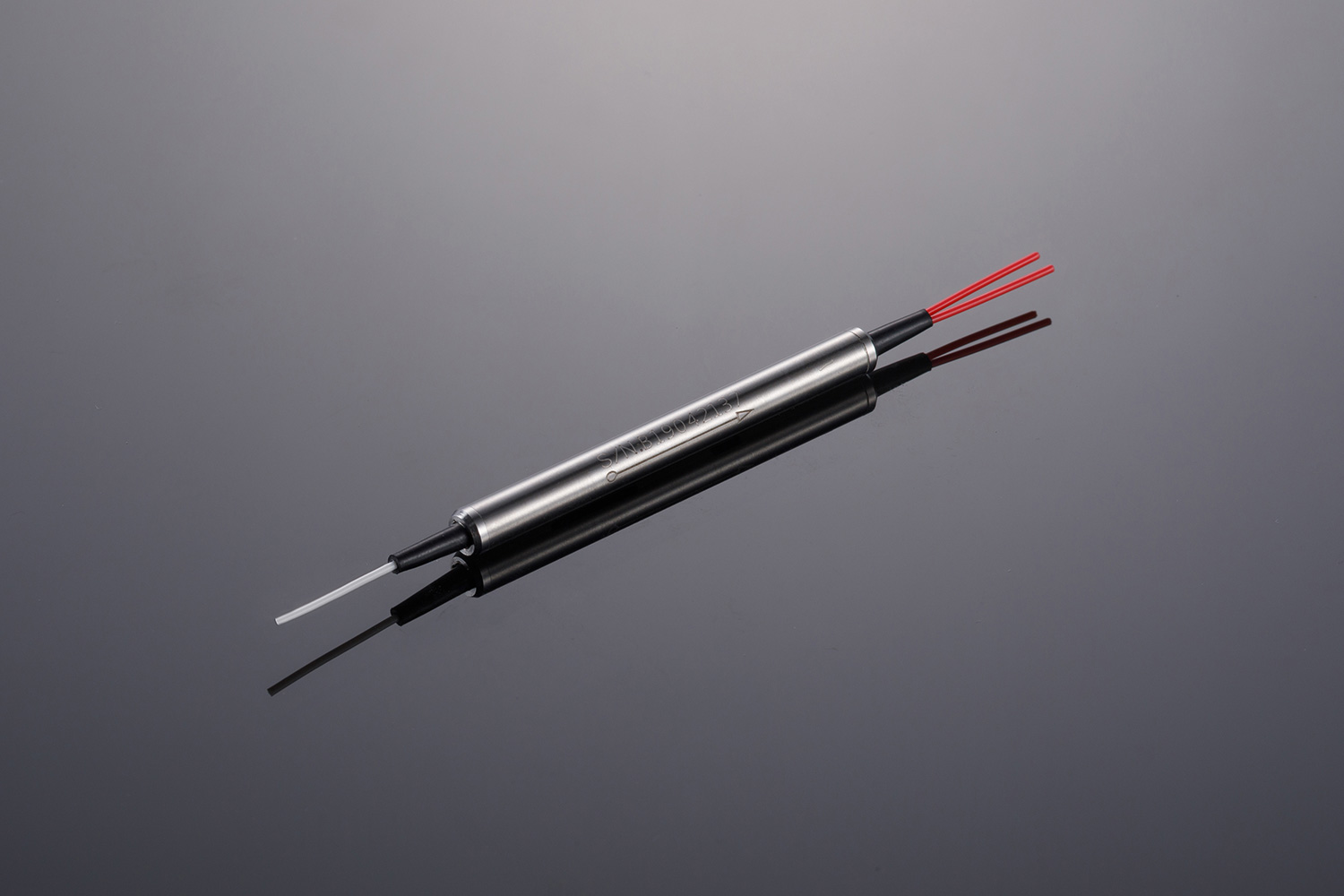
In today’s digital age, the demand for high-speed and efficient data transmission is ever-increasing. One technology that has revolutionized the telecommunications industry is wavelength division multiplexing (WDM). WDM allows multiple signals to be transmitted simultaneously over a single optical fiber by utilizing different wavelengths of light.
The Basics of Wavelength Division Multiplexing
Wavelength division multiplexing works on the principle that different colors of light can travel through an optical fiber without interfering with each other. By assigning specific wavelengths to each signal, multiple streams of data can be sent concurrently, significantly increasing the capacity and efficiency of communication networks.
This technology employs two main components: multiplexer and demultiplexer. The multiplexer combines individual signals from various sources into one composite signal using different wavelengths. On the receiving end, the demultiplexer separates these combined signals back into their original form based on their respective wavelengths.
The Advancements with Optizone Technology

A significant advancement in wavelength division multiplexing is Optizone Technology. This innovative approach enables more efficient utilization of available bandwidth by dynamically allocating resources based on network demands.
Optizone Technology optimizes network performance by intelligently managing traffic flow across different channels within an optical network. It ensures that high-priority data gets allocated more bandwidth while lower-priority traffic utilizes only what is necessary, resulting in improved overall system efficiency and reduced latency.
Polarization Maintaining Components of Fiber
An essential aspect of wavelength division multiplexing involves polarization maintaining components within fiber optics systems. These specialized components help maintain the polarization state (orientation) of light as it travels through fibers.
Polarization maintaining fibers ensure that transmitted signals remain stable and unaffected by external factors such as temperature changes or mechanical stress. This stability is crucial for maintaining the integrity and quality of data transmission in wavelength division multiplexing systems.
Click polarization maintaining components of fiber.
Conclusion
Wavelength division multiplexing has revolutionized the telecommunications industry by enabling high-speed, simultaneous data transmission over a single optical fiber. With advancements like Optizone Technology and polarization maintaining components, this technology continues to evolve, providing more efficient and reliable communication networks for our increasingly connected world.

